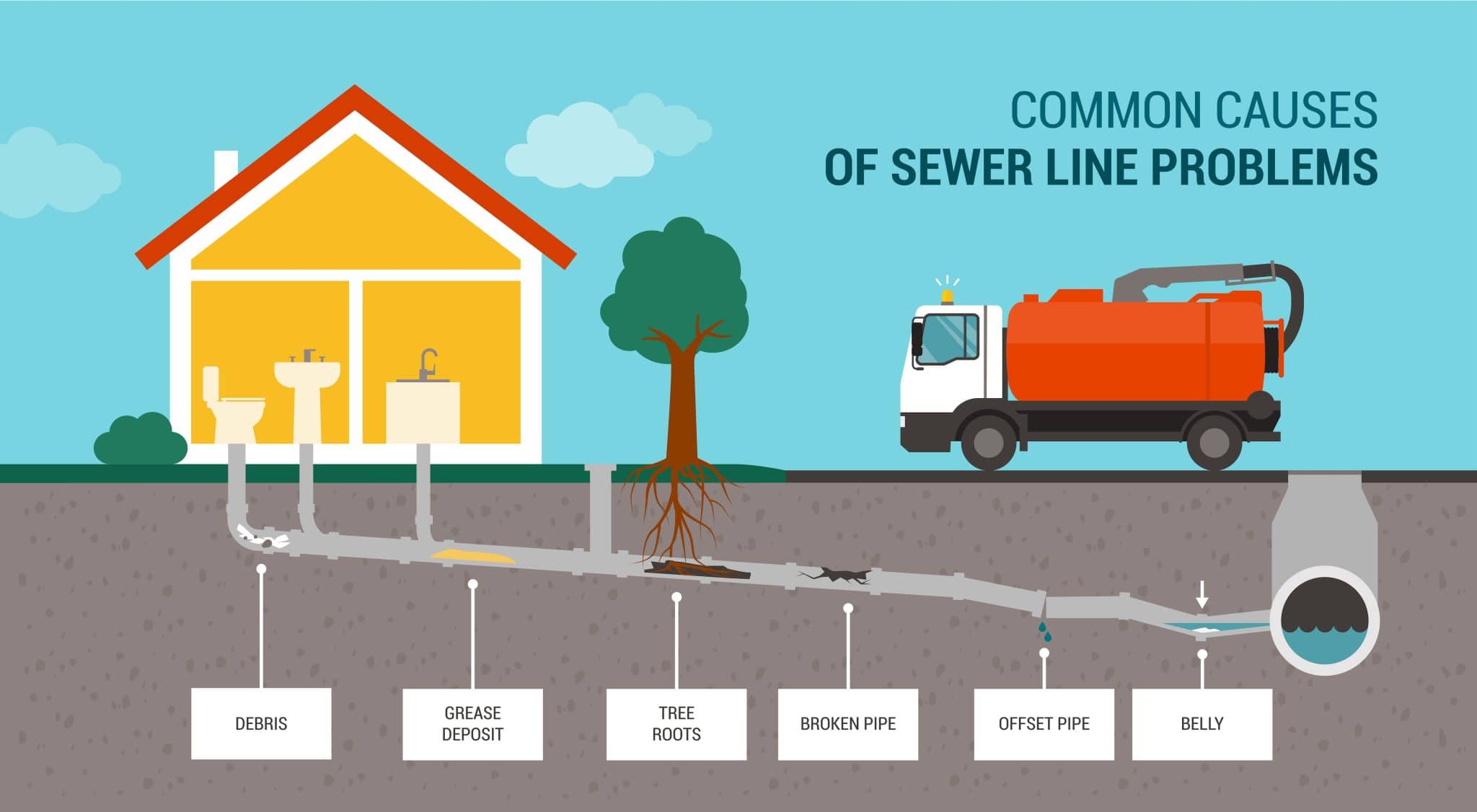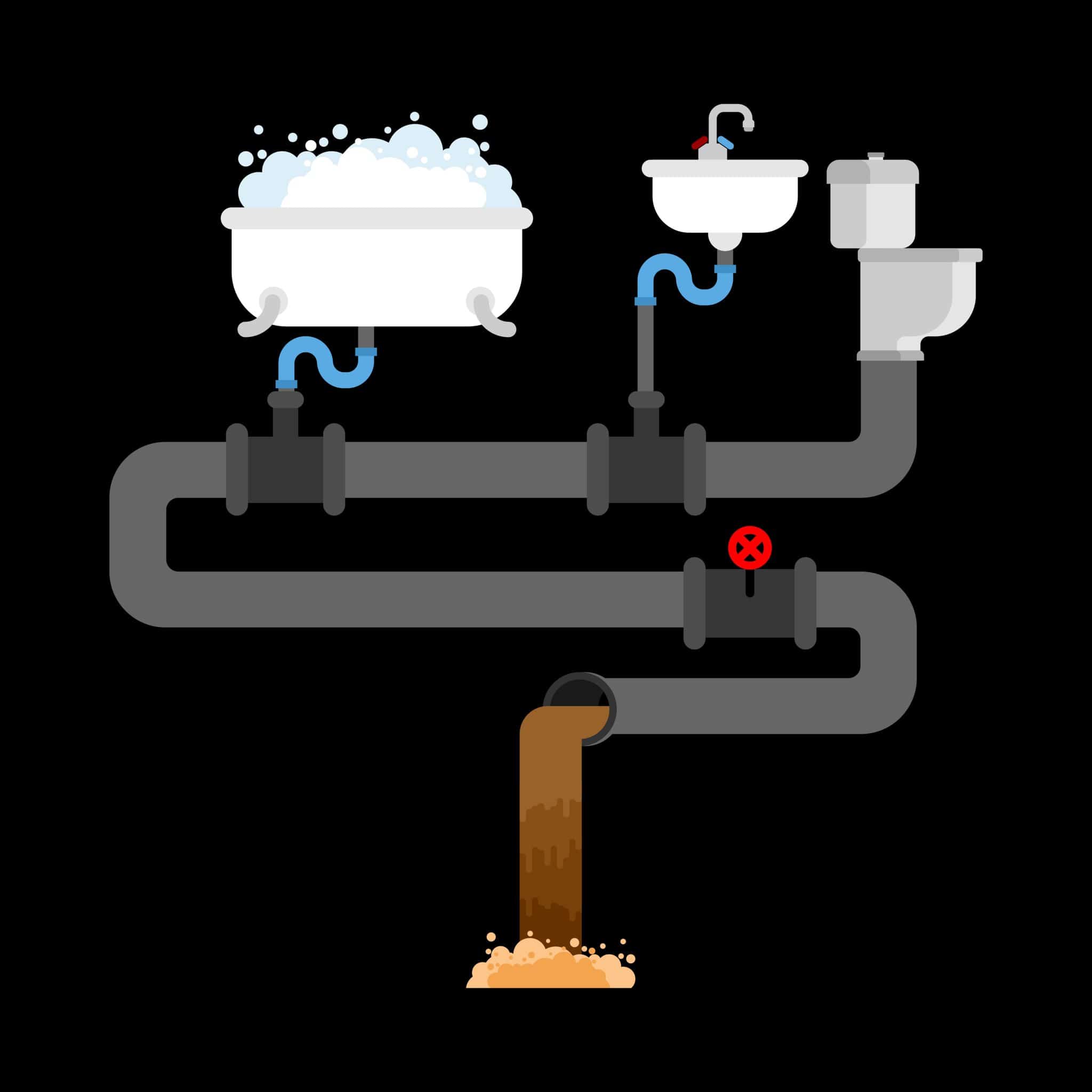Table of Contents

Cured-in-place pipe (CIPP) lining is one of the best developments in modern plumbing technology. It has all kinds of benefits, making it an easy choice for homeowners.
Experts can apply a high-quality CIPP liner and epoxy through this process, which can make an old damaged pipe work and last like a new one. But not many people are aware that this treatment procedure exists, so when presented with this option to repair damaged sewer pipes, there’s a lot of questions that come to mind.
To put your mind at ease and to clarify the process, here are some things you need to know before getting your pipes lined:
1. It’s a more affordable process of pipe rehabilitation
Many find it hard to believe that CIPP lining is so much more affordable than getting their sewer pipes replaced. But just because it’s cost-efficient doesn’t mean that the quality is inferior. The affordable price is due to the lower cost of the materials and the quicker installation time since there is little to no digging involved in the rehabilitation process.
2. It lasts just as long as new pipes

The PVC pipes used for sewer lines are expected to last somewhere between 50 to 65 years. Seeing as this is such a long lifespan, many immediately assume that it’s better to get this option instead.
But did you know that CIPP lining lasts for just as long? After the damaged or older sewer pipes are properly lined and cured, they can go for another 50-65 years, especially if it’s well maintained. And at a lower price, it’s just a no-brainer to invest in this instead.
3. The materials used does make a difference
Choosing a high-quality liner can do wonders for the quality of the lined pipes. If the quality of the liner is sub-par, then it might not last long. But if high-quality materials are used, there will likely be no problems in the future. So, you won’t need to worry about plumbing problems for a long time, plus the additional expenses in between. For instance, felt liners are combined with fiberglass to make them more durable. This way, the lined pipes can last longer and resist all kinds of damage from impact or clogs.
In addition, different pipe lining can also be constructed from multiple layers, which also contributes to durability. To make sure that you’re getting the best service for your sewer lines, be sure to ask the plumbing company, ask questions, and do some research, too.
4. Method Of Curing
Depending on the plumbing company, the preferred processes for CIPP lining can vary. For instance, some of them cure the epoxy drenched lining using hot water, steam, or even UV light.
- Hot Water
Using hot water was the original way of curing the liner, and it’s still just as effective today. When lining with epoxy is finally inside the length of the sewer lines, it’s essential to make sure that it cures so that it seals the pipes. To do this, they have to run and circulate hot water through the tubes at a consistent temperature. When the resin is cured, cold water is used through the lines to cool it down.
- Steam
Steam can also cure the resin and the lining since it also has the heat needed to do the job. But unlike water, steam can transfer heat at a faster rate.
Before steam is applied, they inflate the liner to stretch and cover the nooks and crannies of the existing pipe. Then a boiler is used to pass steam through the pipes and cure the resin.
- UV Light
With the development of technology, newer and better methods are being made for all kinds of home improvement. In the world of plumbing and CIPP lining, it’s the use of fiberglass for liners and UV light for curing. And it’s good to remember that both work exceptionally well together.
Just like steam, the liner has to be inflated to stretch and cover the pipes well. Then a UV light with a small CCTV camera is fed into the to cure it and examine the pipe well. This way, they can see if they missed any spots. Next, the UV light and CCTV train are pulled through the pipes at a regulated speed that allows the resin to cure at the right time. To be precise, the temperature, curing rate, and pressure are monitored with a computer to make it easier for the workers and avoid mistakes.
Conclusion
CIPP lining is a fantastic solution because of the quality, longevity, price, and easy process. In general, most companies use similar processes, but each one will have its own unique techniques and different choices of materials. What you need to know before buying a CIPP liner may also vary depending on your needs and the severity of the problem. So, it’s important to remember to do your research and ask questions before getting your sewer lines serviced.







